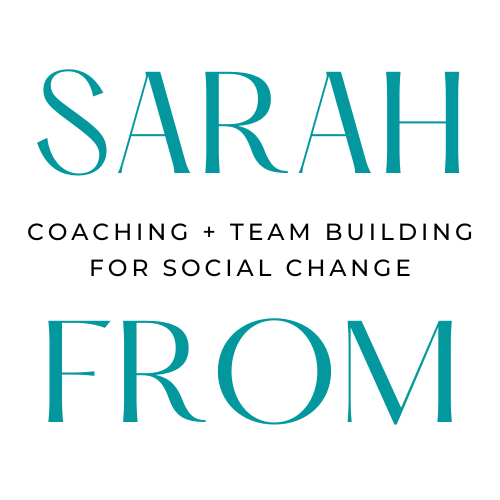 If you could improve your leadership in just three minutes a day, would you make the time to do it? What if this magic 3 minutes consisted of doing... pretty much nothing at all? Sound too good to be true?
In leadership, our ability to connect with people and align them towards common goals is a function, in large part, of our leadership presence.
If you could improve your leadership in just three minutes a day, would you make the time to do it? What if this magic 3 minutes consisted of doing... pretty much nothing at all? Sound too good to be true?
In leadership, our ability to connect with people and align them towards common goals is a function, in large part, of our leadership presence.
Presence is how we show up. It's the quality of our be-ing (as opposed to the content of our "do-ing"). In any given moment, our presence may be grounded and focused -- or checked-out and scattered.
When the quality of our presence is high, we are more inspiring to others, more connected to ourselves and more effective in our leadership.
But back to those 3 minutes. It is impossible to cultivate presence if we never pause -- if we're always rushing from meeting to meeting, tied to our smart phones, and feeling forever behind.
The simple act of sitting in silence with our breath, when practiced over time, can radically shift our presence -- even if we do it for only 3 minutes a day. The act of sitting is simple (but not always easy):
- Find a seat on the floor or in a chair where you can sit comfortably but remain upright and alert.
- Close your eyes and start to notice your body, in particular the places where it connects with the floor and/or the chair.
- Tune into your breath, following each inhale and exhale.
- Whenever your mind wanders, gently direct your attention back to your breath. (This will happen many times. Returning your attention to your breath is what you are practicing here, over and over.)
- Continue this for 3 minutes or more (you may want to set a timer before you start).
- When time is up, slowly open your eyes, start to move your body, and return to your surroundings.
Immediately after sitting you may find that you feel calmer, more grounded, and less frazzled. Over time, your attention, patience, and ability to empathize may significantly shift for the better. (I know I've seen these effects, and science agrees.)
If you could make time to sit like this daily, how would it impact your leadership presence? Give it a try, and let me know.


